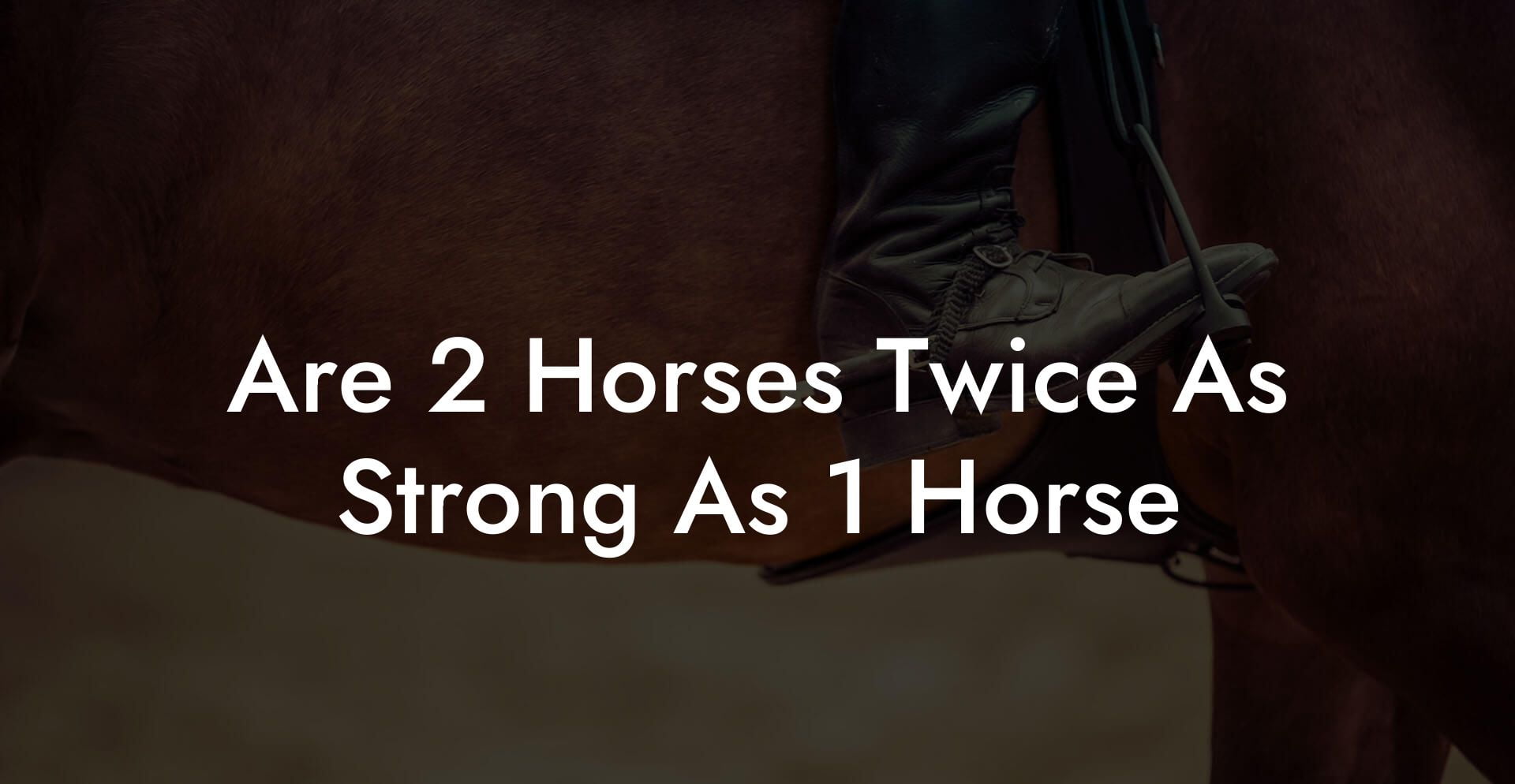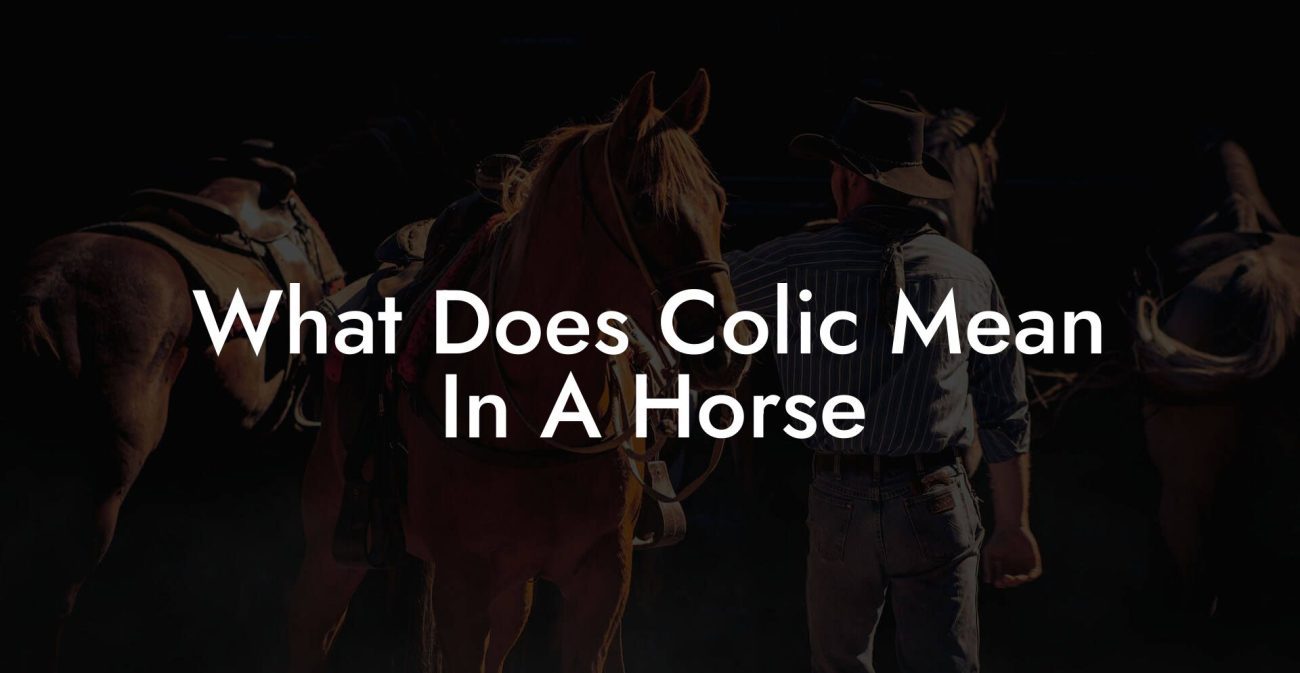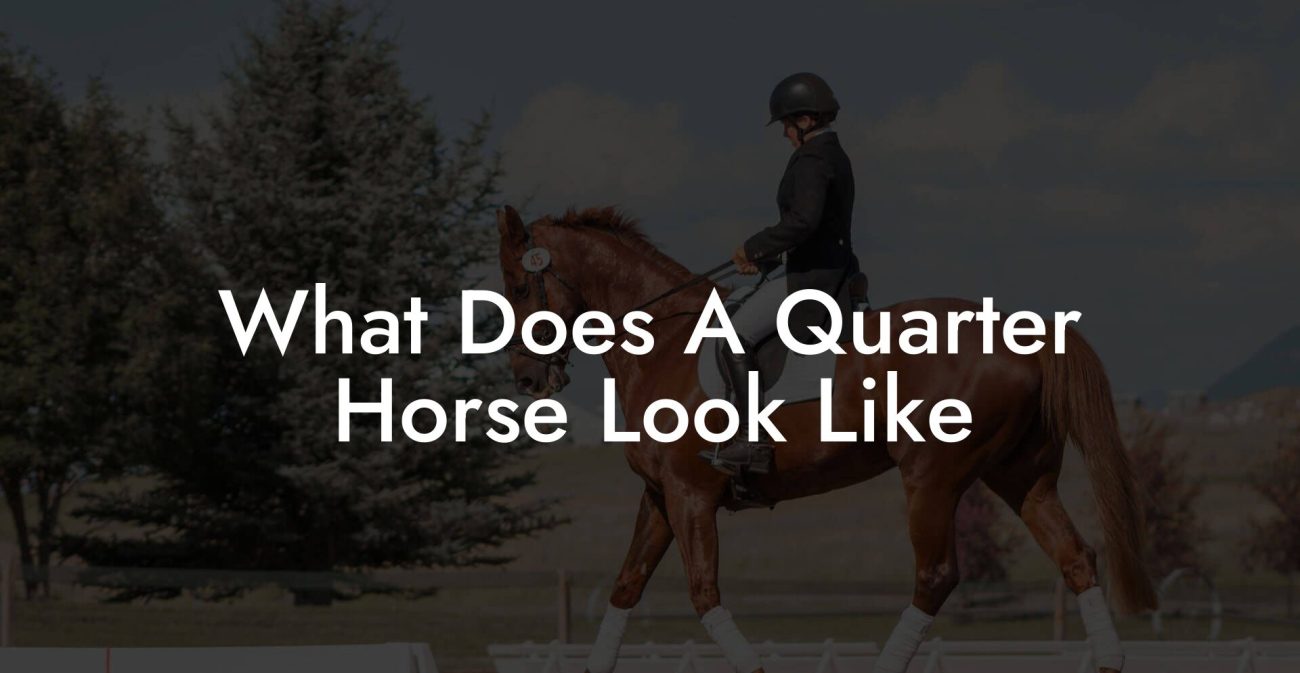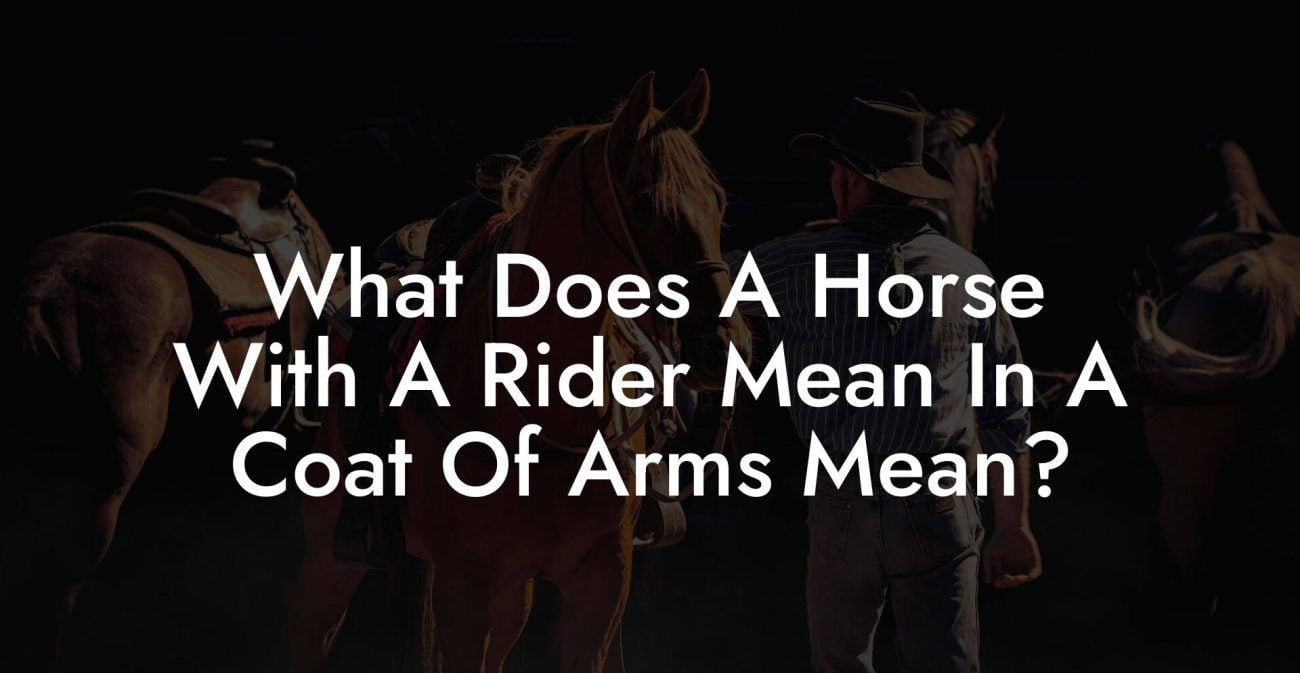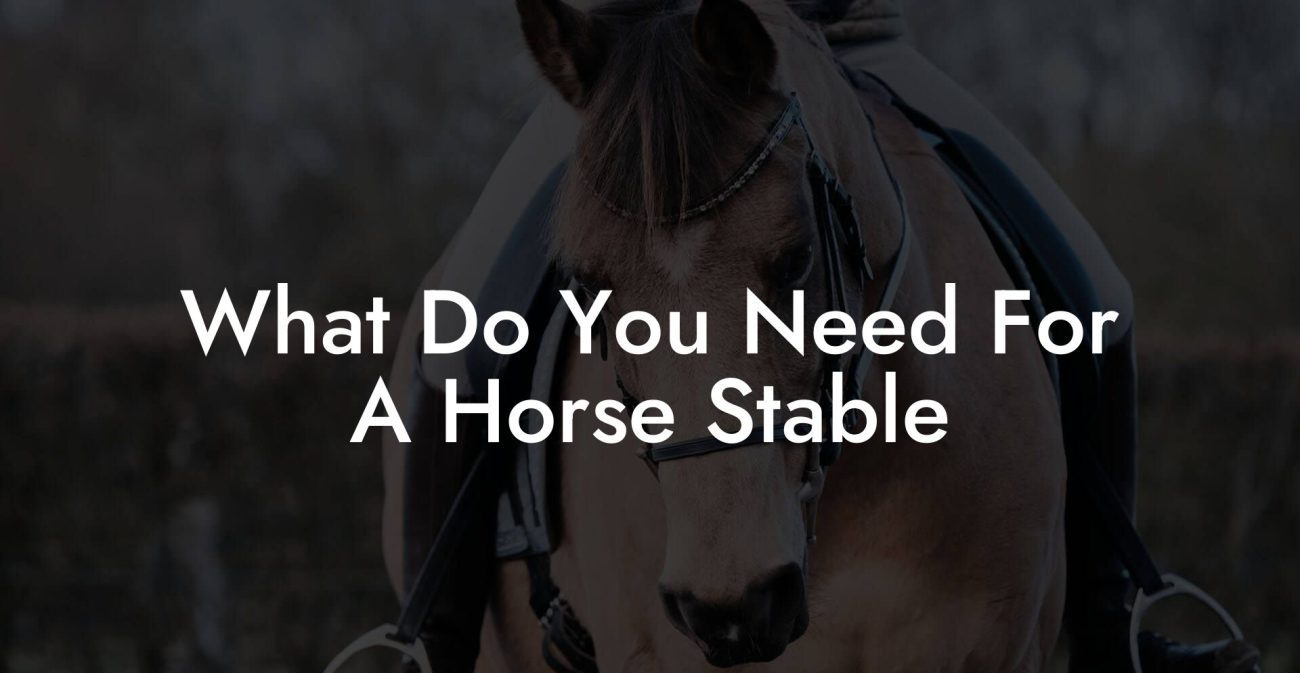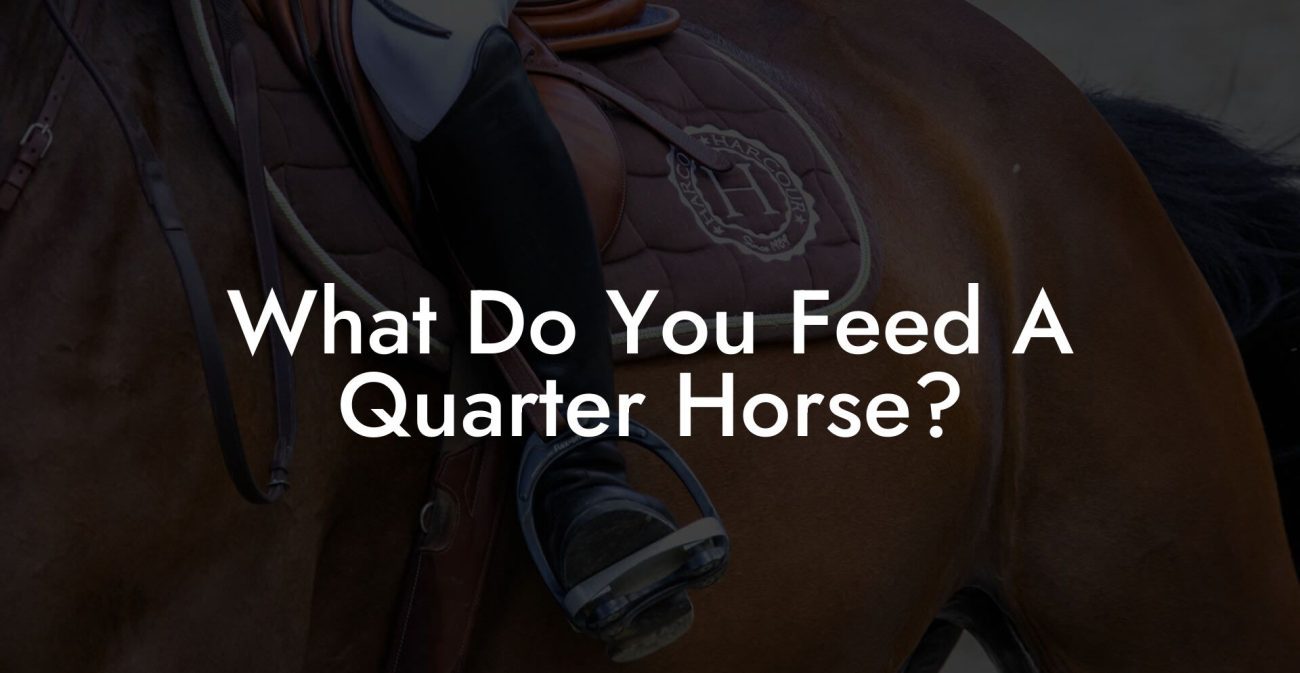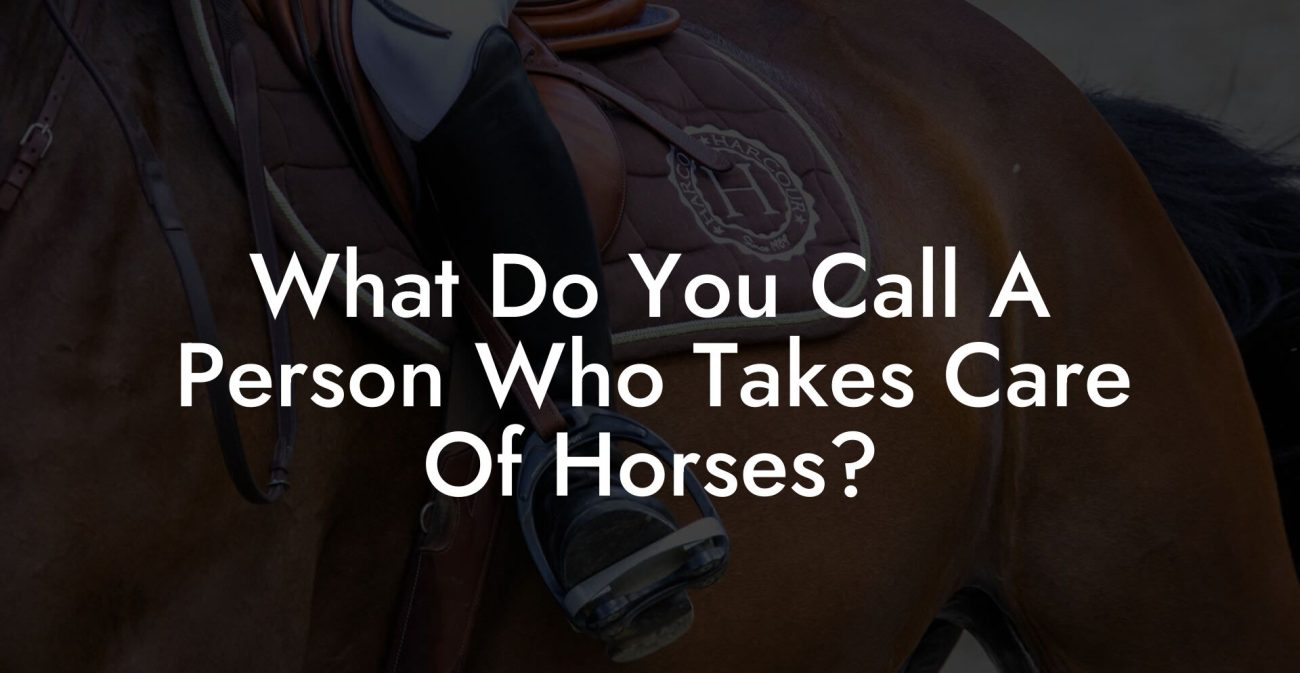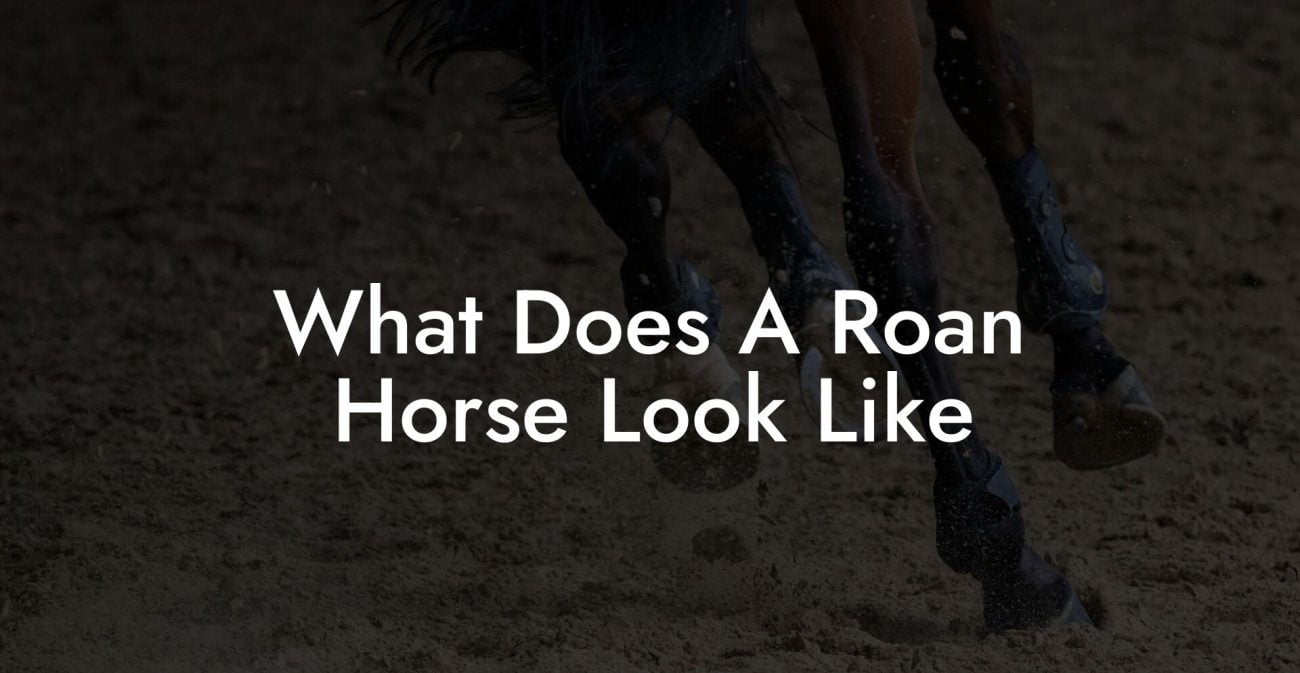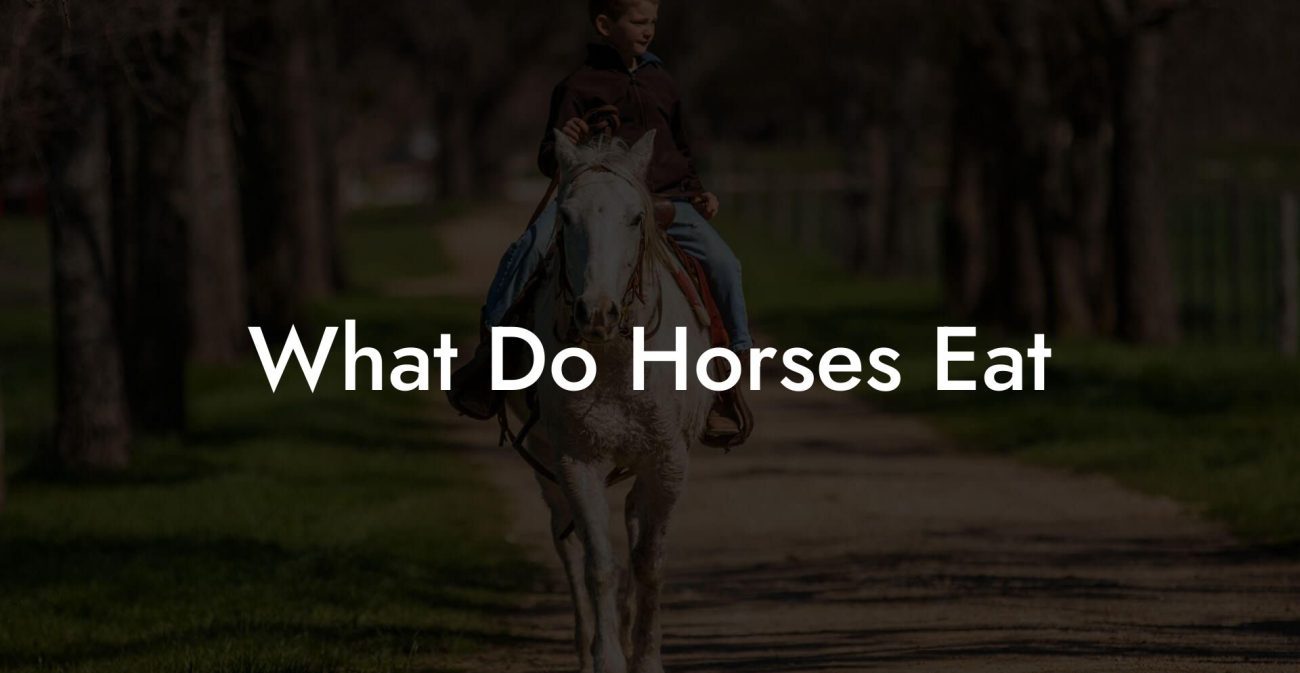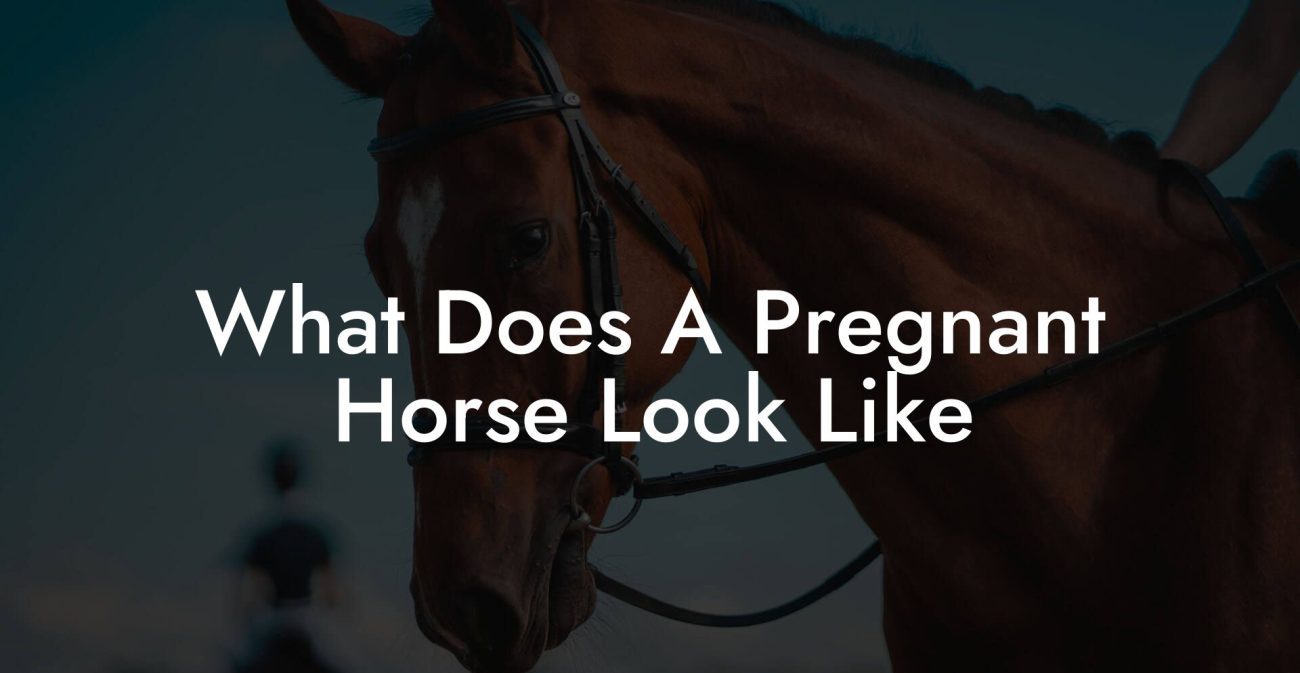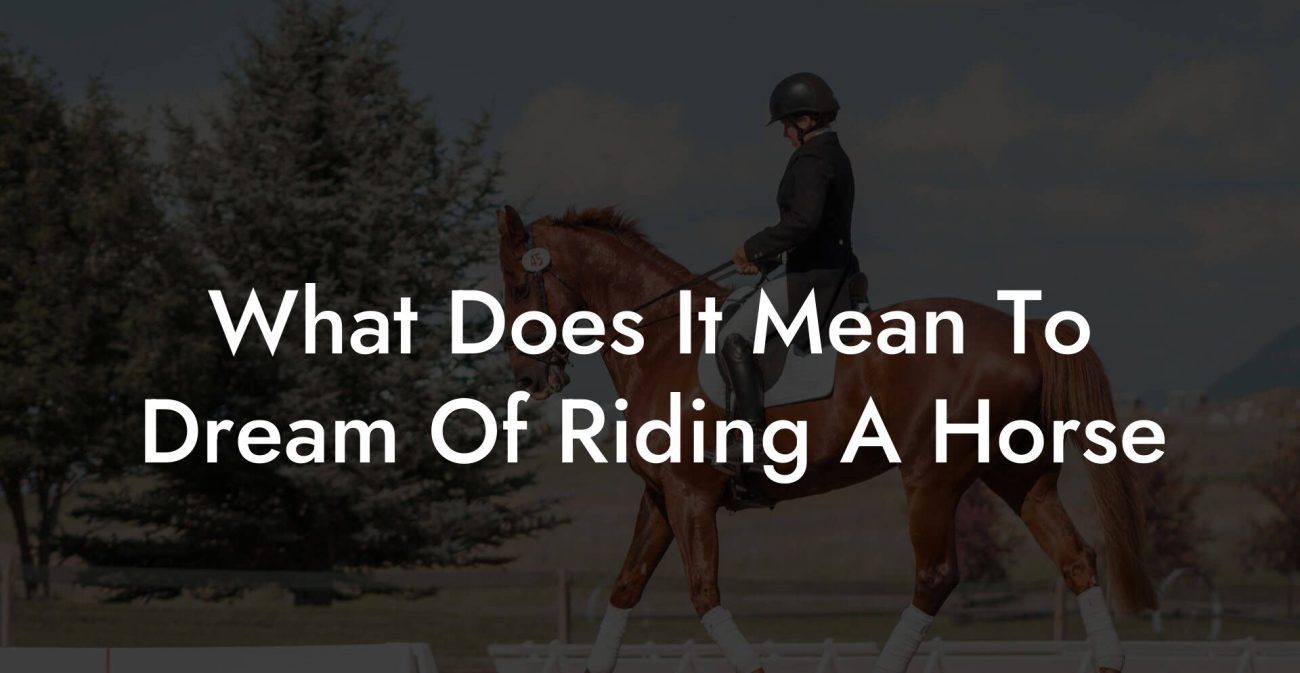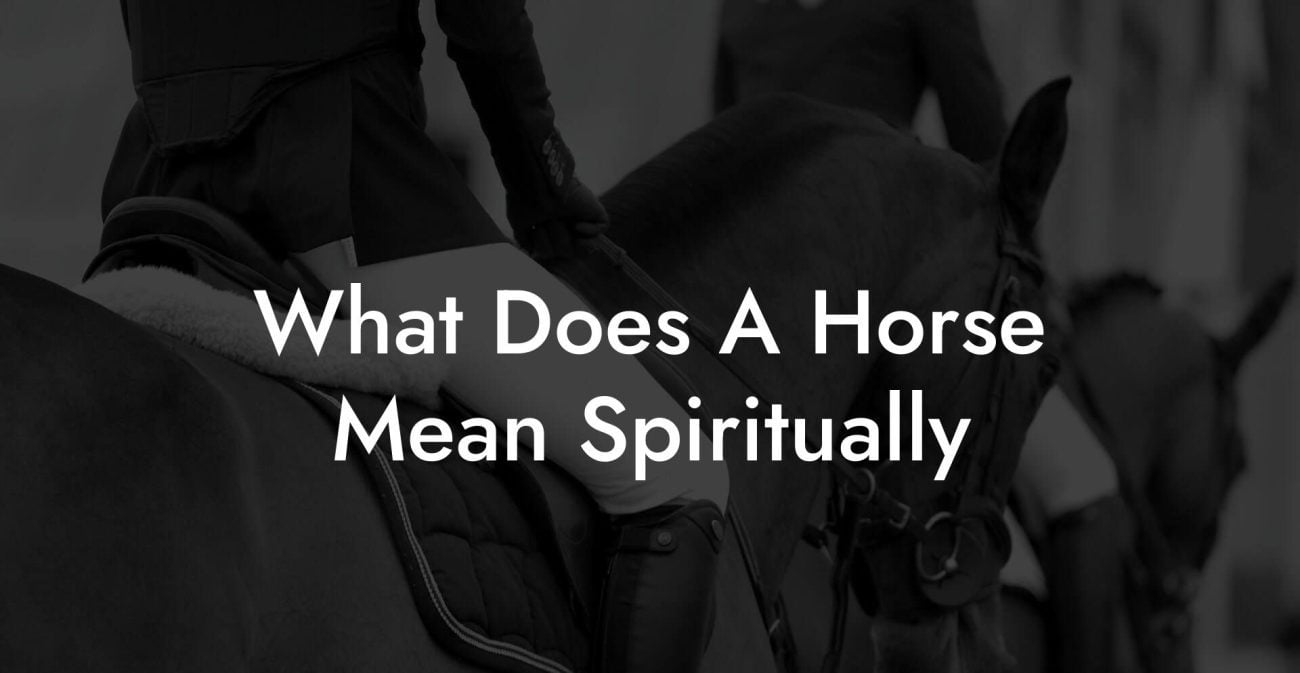Ever wondered if pairing two horses magically doubles the horsepower, or is it just a myth fueled by our obsession with fast cars and blockbuster movies? This deep dive into the equine realm explores the science, care, and surprising dynamics behind the age-old question: Are 2 Horses Twice As Strong As 1 Horse? Strap in for a rollercoaster ride through equine physiology, smart horse care techniques, and real-life case studies that debunk myths and celebrate the art of teamwork in the horse world.
Quick Links to Useful Sections
- Dissecting the Myth: Two Horses, Twice the Strength?
- The Science of Horsepower: Equine Biomechanics Unbridled
- Equine Physiology: More Than Just Muscles
- Biomechanics and Energy Transfer
- Horse Care 101: Fuel, Groom, and Groove
- The Nutritional Blueprint: Feeding Your Equine Athlete
- Grooming and Maintenance: More Than a Spa Day
- Exercise and Rehabilitation: Balancing Work and Play
- Integrative and Holistic Approaches to Equine Health
- Modern Veterinary Care: The Foundation of Equine Wellness
- Holistic Therapies: Beyond the Stethoscope
- Nutrition Meets Nature: Supplements, Superfoods, and Sustainable Feeding
- The Art of Equine Teamwork: More Than Just Muscle Multiplication
- The psychology of Equine Bonding
- Shared Workloads and the Role of Communication
- Case Studies: Real-Life Equine Power and Partnership
- Case Study 1: The Dynamic Duo in Competitive Pulling
- Case Study 2: Rehabilitation and Reinvention Through Holistic Care
- Case Study 3: Transforming Team Dynamics in a Working Herd
- Creating Your Personalized Equine Care and Teamwork Plan
- Step 1: Holistic Health Assessment
- Step 2: Goal Setting for Your Equine Athlete
- Step 3: Integrate Multidimensional Therapies
- Step 4: Establish a Consistent Routine
- Step 5: Monitor Progress and Adapt
- Horsepower Unleashed: Celebrating the Journey of Equine Empowerment
- FAQ: Unraveling Equine Mysteries and Horsepower Myths
- Your Next Steps to Equine Empowerment and Smart Horse Care
Dissecting the Myth: Two Horses, Twice the Strength?
When you picture two horses side by side, you might imagine a supercharged duo pulling twice the weight, racing faster, or triumphing in any tug-of-war competition. However, the answer to whether two horses are literally twice as strong as one isn’t as simple as basic multiplication. In reality, equine strength is influenced by a plethora of factors including muscle structure, training routines, nutrition, teamwork, and even the bond between the horses.
Much like our favorite superheroes, horses are marvels of biological engineering. Their power isn’t just about lifting or pulling, it’s about stability, endurance, and efficient energy use. While two horses working together can indeed accomplish feats that might be impossible for a lone horse, each animal’s unique physicality and psychological makeup play crucial roles in how they combine forces. So, before you start envisioning a pair of wild stallions doubling down their prowess on the race track, let’s unpack the science behind equine strength.
This phenomenon is not only a matter of raw muscle power, it’s about a series of interdependent factors. From the way muscle fibers are arranged to the intricate balance between cardiovascular endurance and metabolic efficiency, horses have evolved highly specialized systems to maximize their strength. Let’s take a closer look.
The Science of Horsepower: Equine Biomechanics Unbridled
When we mention “horsepower,” it's almost poetic how it connects automobiles to our equine friends. But dig a little deeper and you'll find that horses' strength isn’t measured by a simple doubling of muscle mass. Instead, it involves biomechanics, physiology, and even the subtleties of teamwork.
Equine Physiology: More Than Just Muscles
Horses are designed to be efficient athletes. Their muscle fibers, predominantly composed of fast-twitch and slow-twitch types, determine their sprinting abilities and endurance respectively. Even within the same breed, there’s a spectrum of capabilities. Genetics, training level, and overall health significantly dictate a horse’s power output.
When you compare two horses, you’re comparing two complex systems; factors such as muscle efficiency, heart rate response, and even the subtle interplay of neural activation all contribute to performance. Simply adding their strengths together doesn’t guarantee a linear doubling of power. Their synergy, which depends on compatibility and mutual understanding, often defines just how close to “twice as strong” they become.
Biomechanics and Energy Transfer
Think about it: if you’ve ever pulled a heavy object with a friend, you realize that coordination is paramount. The same goes for horses. The transmission of energy from muscle contractions to the ground involves complex forces; factors such as balance, stride, and even hoof alignment play pivotal roles. When two horses work in tandem, their synchronization can either enhance or impede the overall strength.
Science tells us that individual efficiency is key. If one horse is underperforming or not fully in sync with its partner, the overall strength of the duo is compromised. Counterintuitively, if one of the horses is not fully engaged or is physically misaligned, it might even reduce the effective strength of the pair.
In summary, while two horses have the potential to be “twice as strong” under ideal conditions, the actual performance depends on the intricacies of biomechanics and the harmonious synchronization of both animals.
Horse Care 101: Fuel, Groom, and Groove
Today's horse enthusiasts – whether Gen-Z, busy millennials, or seasoned equestrians – have far more information at their fingertips than ever before. Caring for horses isn’t just about maintaining strong muscles; it’s about holistic well-being. From tailored nutrition plans to modern grooming techniques, proper horse care lays the foundation for unlocking a horse's true potential.
The Nutritional Blueprint: Feeding Your Equine Athlete
Just like us, horses perform best when their bodies are well-fueled. High-quality forage, balanced grains, and the right supplements are crucial to support muscle development and recovery. Modern equine nutrition emphasizes the importance of anti-inflammatory diets rich in antioxidants and omega fatty acids, which help reduce muscle soreness and support joint health.
Many horse owners today integrate holistic nutritional strategies with traditional feeding methods. Think superfoods for your stables – ingredients such as flaxseed, beet pulp, and vitamin-rich alfalfa are making a comeback. Not to mention, the occasional treat of a juicy apple or carrot is an absolute hit with our four-legged friends!
Grooming and Maintenance: More Than a Spa Day
It’s no secret that horses thrive on attention. Regular grooming isn't just about looking good at the show ring; it’s an essential part of preventive health care. Brushing helps stimulate blood circulation, reduce stress, and maintain a shiny coat that signals good health.
Modern grooming tools and techniques are evolving, with eco-friendly shampoos and conditioners that cater to a horse's delicate skin. Grooming sessions can also serve as bonding time, strengthening the trust between you and your horse. So, treat your equine buddy to regular spa sessions – their muscles and morale will thank you.
Exercise and Rehabilitation: Balancing Work and Play
Regular exercise is crucial for maintaining muscle tone and cardiovascular health in horses. However, moderation is key. Overtraining can lead to muscle fatigue or even injuries, which ultimately might sabotage that ideal of “double the strength.”
Many equestrians now champion integrative exercise programs that combine traditional riding disciplines with techniques borrowed from human athlete training. For example, turnout time in a pasture, combined with controlled lunging sessions, improves overall strength and mental engagement. And let’s be real – a happy, well-exercised horse is far more likely to be a cooperative team player!
Integrative and Holistic Approaches to Equine Health
Gone are the days when horse care was a one-size-fits-all regimen focused solely on feed and farrier visits. Today’s equine care is all about a holistic approach that integrates conventional veterinary medicine with modern wellness trends – think mindfulness for horses, energy balancing therapies, and even equine acupuncture.
Modern Veterinary Care: The Foundation of Equine Wellness
At the heart of any successful equine care program is professional veterinary support. Routine checkups, vaccinations, and injury-prevention strategies form the backbone of a healthy horse’s life. Veterinarians now also collaborate with nutritionists and physical therapists to create tailored recovery plans for injured horses.
Advances in equine sports medicine have meant that many injuries that would have once ended a horse’s career are now treatable. Technologies such as regenerative therapies and laser treatments are pushing the boundaries of what’s possible in horse rehabilitation, ensuring that our equine athletes can bounce back stronger than ever.
Holistic Therapies: Beyond the Stethoscope
Complementary therapies in horse care are gaining traction among younger generations who appreciate a blend of nature and science. Acupuncture, for instance, is being used not only to alleviate pain in injured horses but also to improve overall energy flow. Many trainers are adopting massage techniques, similar to those in human sports therapy, to help horses recover faster from strenuous workouts.
There’s even talk of mindfulness training for horses, a process where horses are introduced to calming environments and gentle practices designed to reduce anxiety and enhance focus. While it might sound a bit “out there,” many innovative trainers are witnessing tangible improvements in posture, responsiveness, and cohesion within the herd.
Nutrition Meets Nature: Supplements, Superfoods, and Sustainable Feeding
The modern equine diet is far more complex than a simple bale of hay. Many horse owners are now incorporating herb-based supplements, probiotics, and even “functional feeds” that aim to support gut health and muscle recovery. These diets mirror the integrative philosophies seen in human wellness practices, where food is not just fuel but medicine.
Sustainable feeding practices that incorporate locally sourced ingredients and organic supplements are also on the rise. This not only benefits the horse’s health but also supports eco-friendly practices in the equine community.
The Art of Equine Teamwork: More Than Just Muscle Multiplication
When it comes to pulling together, horses are natural team players. But what does teamwork really mean in the context of equine strength? Contrary to the simplistic notion of “2 horses = twice the power,” effective cooperation depends on much more than just pairing two animals.
Just as in any team sport, the dynamics of one-on-one collaboration between horses hinge on complementary temperaments, mutual trust, and coordinated movement. A mismatched pair, one that’s overzealous and another that’s laid-back, might actually work at cross purposes, reducing efficiency and overall performance. On the flip side, a well-matched duo can achieve extraordinary feats by synchronizing their strides and merging their energies seamlessly.
The psychology of Equine Bonding
Horses are herd animals renowned for their strong social bonds. The trust and communication between two horses can dramatically impact how well they work together and, by extension, how powerful they appear when combined. Many experts emphasize that the emotional well-being of a horse is as important as its physical fitness. A confident, calm horse is far more likely to work effectively in tandem with a partner.
Studies in animal behavior have shown that horses that share a strong bond not only display improved coordination but also better stress management, resulting in more consistent performance under pressure. So, while two horses may theoretically add up to double the strength, it’s their relationship that truly determines whether they’ll perform like a synchronized, high-powered unit.
Shared Workloads and the Role of Communication
Communication is key to any successful partnership, and horses are no exception. Subtle body language, ear twitches, and synchronized gaits all contribute to effective non-verbal communication that can make or break a team effort. Trainers now often work on developing these communication channels through cooperative exercises and trust-building routines.
Whether pulling a heavy load or simply enjoying a leisurely trot, the synergy between two horses is a wondrous blend of instinct, learning, and mutual care. Embracing this teamwork not only enhances practical performance but also elevates the overall spirit and quality of life for every equine involved.
Case Studies: Real-Life Equine Power and Partnership
Let's move from theory to practice by diving into some real-life case studies that illustrate how these principles of equine strength and teamwork play out on the ground. These examples highlight the incredible transformations that have taken place when proper care, training, and, in some cases, a bit of creative problem-solving come together.
Case Study 1: The Dynamic Duo in Competitive Pulling
In a renowned equestrian pulling competition, two seemingly ordinary horses defied expectations. Individually, they were fit and agile, but together, they achieved record-breaking performances. Their trainer attributes their success to a meticulously crafted regimen that combined conventional strength training with integrative therapies, ranging from targeted massage sessions to nutritional adjustments with premium supplements.
The pair’s secret weapon, however, was their deep bond. Through trust-building exercises, they learned to communicate non-verbally. With perfectly synchronized strides, they effectively staggered their energy output, ensuring that each could rest briefly while the other maintained the pace. This case study illustrates that true strength is born from teamwork, adaptive care, and an unwavering mutual understanding.
Case Study 2: Rehabilitation and Reinvention Through Holistic Care
Meet Bella, a once-injured mare who had long been sidelined by chronic muscle strains and stress. After undergoing a comprehensive rehabilitation program that combined state-of-the-art veterinary care, acupuncture, and tailored rehabilitation exercises, Bella not only regained her mobility but blossomed into a star of the arena.
Bella’s trainer adopted an integrative approach that emphasized the importance of mental calmness and consistent, low-impact workouts. Nutritional upgrades and daily mindfulness sessions, yes, horses can learn to relax too!, played a pivotal role in her rapid recovery. Within months, Bella was galloping gracefully alongside her stablemates, proving that proactive, holistic care can transform setbacks into comebacks.
Case Study 3: Transforming Team Dynamics in a Working Herd
In a working ranch environment, a group of horses tasked with heavy fieldwork had long experienced issues with inconsistent performance when paired for tasks. By restructuring the teams based on personality, physiological compatibility, and even grooming compatibility (yes, even horses have grooming “chemistry”), the ranchers witnessed a subtle yet dramatic improvement in productivity and well-being.
Regular team exercises and shared recreational time allowed the horses to build trust and learn to function as a cohesive unit. The result? Tasks that once drained energy and time were now completed with both efficiency and a sense of camaraderie, reminding everyone that the power of two lies as much in the emotional bond as in physical prowess.
Creating Your Personalized Equine Care and Teamwork Plan
Whether you’re a first-time horse owner or a seasoned equestrian looking to refresh your stable’s routine, designing a personalized equine care plan is key to unlocking your horse’s full potential. Here’s a roadmap to consider when you’re ready to mix science with a dash of heart and a pinch of humor.
Step 1: Holistic Health Assessment
Start with a comprehensive check-up by a trusted veterinarian. Beyond the basics, assess factors like muscle tone, joint mobility, and stress levels. This diagnostic step will help you understand whether your horse’s strength is being maximized and if there are any areas requiring focused care.
Step 2: Goal Setting for Your Equine Athlete
Define clear, achievable goals, whether it’s enhancing overall strength, improving endurance, or simply boosting social bonding among your horses. Tracking these objectives with regular performance reviews and digital tools can provide both motivation and measurable progress over time.
Step 3: Integrate Multidimensional Therapies
Combining conventional practices with integrative therapies will yield the best results. This might include:
- Personalized exercise programs: Structured workout routines tailored for both solo efforts and paired activities.
- Complementary treatments: Consider acupuncture, massage therapy, and even equine yoga sessions to enhance overall muscle flexibility and outline clear communication between horses.
- Nutritional enhancements: Shift towards a balanced diet bolstered by natural supplements and superfoods that promote recovery and joint health.
- Mindfulness and social bonding: Implement leisurely turnout sessions and gentle group activities that nurture trust and emotional resilience.
Step 4: Establish a Consistent Routine
Consistency is the secret sauce to lasting success. Develop a daily or weekly schedule that balances exercise, grooming, and mental relaxation. Use digital tracking apps and regular consultations with equine care professionals to stay on track and adjust as needed.
Step 5: Monitor Progress and Adapt
Keep a detailed journal of your horse’s performance and mood. Regular assessments and adaptations to your care plan ensure that your approach remains relevant as your horses evolve and their needs change. Remember, a successful equine care plan is a dynamic journey rather than a static checklist.
By combining these steps with passion and persistence, you can unlock the hidden potential within each horse and create a dynamic partnership that might just bring you closer to that ideal of double the strength, if not literally, then definitely in terms of overall performance and well-being.
Horsepower Unleashed: Celebrating the Journey of Equine Empowerment
The question of whether two horses are twice as strong as one is far more than a simple math puzzle, it’s an invitation to explore the intricate dance of physiology, teamwork, and dedicated care. In the world of horses, power is multifaceted. While muscle strength certainly plays a part, the true essence of equine prowess lies in cooperative spirit, balanced nutrition, integrative wellness strategies, and the very connections they forge with their human counterparts.
Modern horse care is evolving into a science and an art form. By blending the best of conventional veterinary care with emerging holistic practices, today’s equestrians are not only preserving the physical strength of their horses but also nurturing their minds and souls. With every grooming session, tailored training routine, and wellness check, you’re contributing to a legacy of care that values both performance and harmony.
Whether your goal is to prepare your horse for competitive sports, long trails, or simply a life of comfort and joy, remember that every aspect of their care counts. The journey to discovering the true potential of equine strength is as dynamic as it is fulfilling, one where science, passion, and a sprinkle of humor come together to redefine what it means to be “strong.”
So, next time you gaze upon two powerful horses working in concert, appreciate the complexity behind their strength. It goes beyond raw muscle, it encapsulates the art of teamwork, the wisdom of integrated care, and the boundless potential of well-cared-for souls galloping toward a healthier future.
FAQ: Unraveling Equine Mysteries and Horsepower Myths
Dive into these frequently asked questions where we bust myths, clarify doubts, and offer insights into the fascinating world of equine strength and care.
1. Are two horses really twice as strong as one?
Not necessarily. While two horses can achieve greater feats through effective teamwork and synchronized movement, the actual strength output depends on individual conditioning, compatibility, training, and overall health.
2. What factors contribute to a horse's strength?
A range of factors plays a role, including muscle fiber composition, biomechanics, nutritional status, exercise routines, and even the psychological bond between horses.
3. Can integrative and holistic care improve a horse’s performance?
Absolutely. Incorporating modern veterinary care with complementary therapies, like acupuncture, specialized nutrition, and mindfulness techniques, helps enhance a horse’s recovery, endurance, and teamwork capabilities.
4. How important is nutrition in determining a horse’s power?
Nutrition is vital. A balanced diet rich in essential nutrients, antioxidants, and anti-inflammatory ingredients supports muscle development, joint health, and overall energy, thus directly impacting performance.
5. Do horses benefit from holistic therapies similar to human athletes?
Yes, many horses respond well to complementary treatments such as massage therapy, acupuncture, and targeted exercises that help boost flexibility, reduce stress, and improve overall performance.
6. How can horse owners foster effective teamwork between two horses?
Encouraging regular interaction, trust-building exercises, and synchronized training routines helps horses learn to work cooperatively, enhancing both their physical output and psychological well-being.
7. Are there any specific exercises to improve equine strength for paired tasks?
Yes. Structured training regimes that focus on both individual strength (such as agility drills and endurance riding) and paired exercises (like coordinated pulling or lunging) can effectively augment teamwork and overall power.
8. What role does grooming play in equine care?
Grooming is more than just maintenance, it improves circulation, reduces stress, and deepens the bond between the horse and its caregiver, ultimately contributing to improved performance.
9. How do I decide if a holistic approach is right for my horse?
Consult with your veterinarian and equine care professionals to develop a customized plan that considers your horse’s unique health profile, physical needs, and personality.
10. Can training technology and apps help monitor my horse’s progress?
Certainly. There are various digital tools available that allow you to track your horse’s exercise routines, performance metrics, and recovery progress, helping refine your care regimen over time.
Your Next Steps to Equine Empowerment and Smart Horse Care
Whether or not two horses are literally “twice as strong” as one, the undeniable truth is that when equipped with expert care and a tailored training plan, these magnificent animals can achieve extraordinary feats. The insights shared here are a celebration of equine potential, where science meets heart, tradition meets modernity, and myth is reshaped by knowledge.
Start by evaluating your current horse care routine. Ask yourself: Are your nutrition, exercise, and mental enrichment practices up to the mark? If you’re aiming for peak equine performance, consider integrating advanced veterinary care, complementary therapies, and technology-driven monitoring into your daily regimen.
The journey to empowered, resilient horses isn’t just about maximizing physical strength, it's about holistic well-being. From the stable to the show ring, every element of care matters. Embrace a well-rounded approach that nurtures both the body and the spirit of your equine partners.
As you venture into this exciting arena of modern horse care, connect with fellow equestrians, share insights, and tap into community resources designed to support innovative care practices. Your next steps might include:
- Researching advanced equine nutrition and integrative therapies.
- Engaging with local or online equine communities to exchange ideas and experiences.
- Consulting with professionals who specialize in modern veterinary care and holistic horse care.
- Experimenting with digital monitoring tools that help track your horse’s daily performance and progress.
- Taking part in workshops or webinars that dive deep into the mechanics of equine teamwork and resilience.
Remember, every stride you take towards a more empowered and informed approach to horse care not only elevates your horse’s health and strength but also enriches your connection with one of nature’s most majestic beings. Embrace the journey, celebrate small victories, and let your passion for intelligent, compassionate equine care lead the way.
Your quest for knowledge and better care practices is a powerful testament to the evolving world of equine wellness, a world where tradition meets innovation, and every hoofbeat carries the promise of progress.

